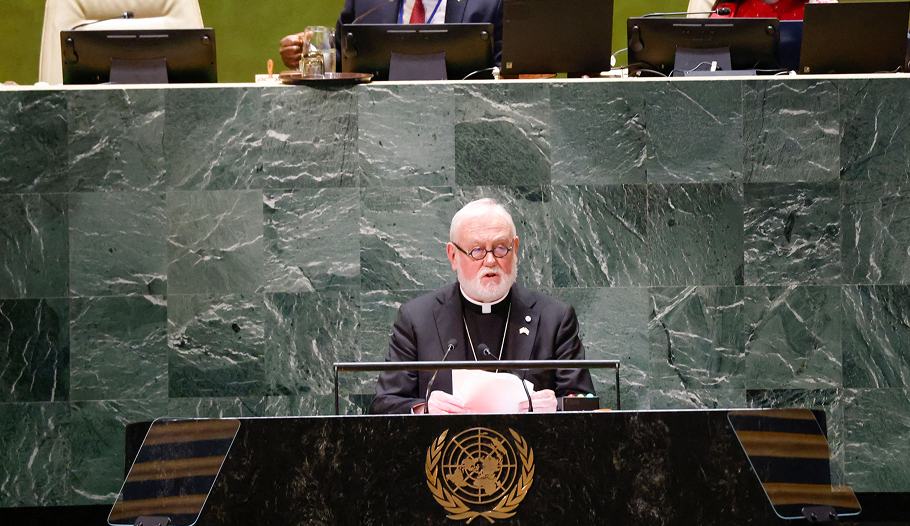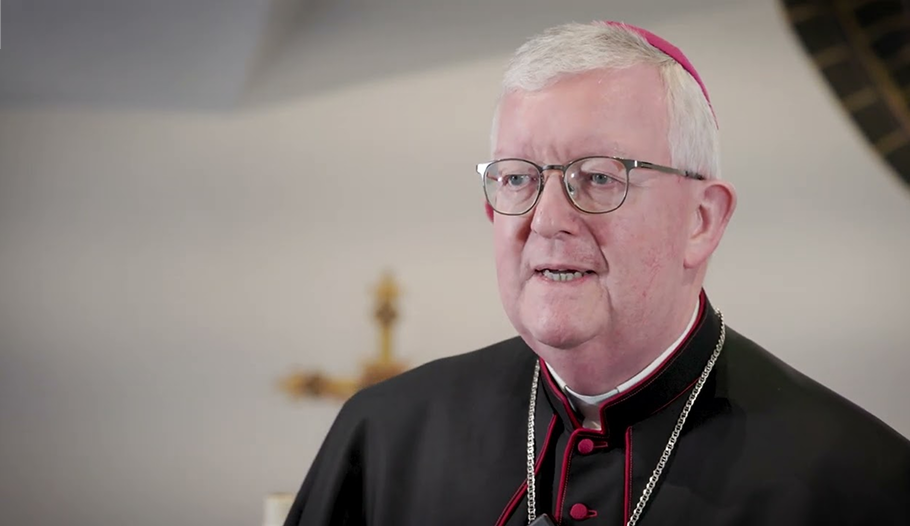On 4 October, Knanaya Catholics across the UK will protest outside an event hosted by the Catholic Syro-Malabar Eparchy of Great Britain, accusing the Eparchy of denying sacraments and erasing their heritage.
For over two decades, around 2,000 Knanaya families in the UK have lived harmoniously within their local Latin Catholic parishes, where their children serve as altar servers, readers, and ministers. Sacramental documents issued by these Latin parishes have been recognised by their home Archdiocese of Kottayam in Kerala, India, safeguarding ties to their heritage.
Since the establishment of the Syro-Malabar Eparchy of Great Britain, however, this practice has been disrupted. Families report being compelled to register with Syro-Malabar “missions” to access sacraments, with Latin documentation increasingly rejected. Couples have been told their marriages will be considered invalid unless they “join” the Eparchy.
“This is spiritual coercion,” said one organiser. “Sacraments are being used as leverage. Canon law guarantees the faithful access to marriage and the sacraments without unlawful obstacles, yet here we are being forced into structures that erase our Knanaya identity.”
The Knanaya are a distinct ethnoreligious community of St Thomas Christians, who trace their heritage to St Thomas the Apostle, believed to have arrived in India in AD 52 and preached the Gospel in Kerala and Tamil Nadu.
They trace their origins to a group of Judeo-Christian migrants from the Middle East who, according to tradition, arrived in Malabar (Kerala) in AD 345 under the leadership of a merchant named Knai Thoma (also known as Thomas of Cana). From there, they developed a distinct liturgical and linguistic tradition, particularly the practice of strict endogamy, which has preserved their identity to this day.
They differ from other St Thomas Christians in Kerala, who are broadly divided into two groups: the Northists (non-Knanaya) and the Southists (Knanaya). While both share the same East Syriac liturgical heritage, Knanaya Christians have preserved their ethnic distinction, often through separate churches, cemeteries, and schools.
In 1599, the Synod of Diamper brought the Church in India more closely under Latin control, and Knanaya Catholics came to be formally recognised as part of the Syro-Malabar Catholic Church — a Church in full communion with Rome, primarily based in Kerala, and one of the 23 Eastern Catholic Churches.
In 1911, to ease regional tensions, Pope Pius X created the Archdiocese of Kottayam exclusively for Knanaya Catholics. A personal (non-territorial) diocese, it is not defined by geography but by ethnicity. This means that any Knanaya Catholic, wherever they live, is canonically part of this archdiocese.
The Knanaya community, protected since 1911 by a papal decree establishing the Archdiocese of Kottayam ex pro gente suddistica (“for the Knanaya people”), argues that the so-called “Knanaya missions” in Britain are Knanaya in name only, with no canonical ability to preserve their identity.
Protestors are demanding that Latin parish documentation once again be accepted, that privacy and data rights be respected, and that Rome work with Kottayam to establish authentic structures for Knanaya Catholics in the diaspora.
“This is not about division,” said another planning to attend the protest. “It is about protecting both our sacramental rights and our heritage.”







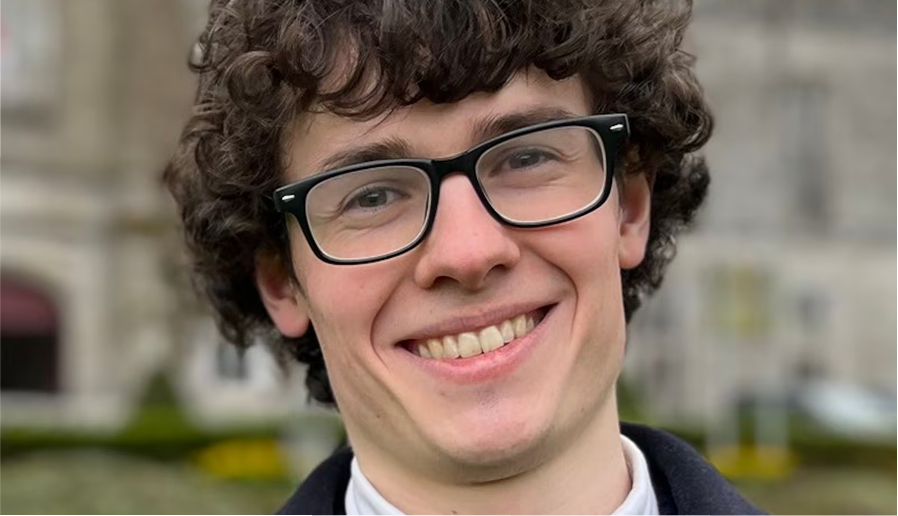
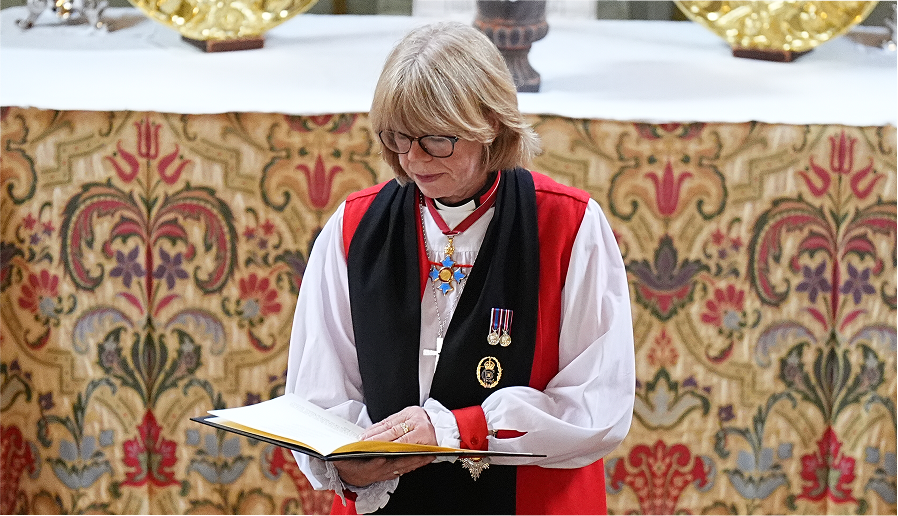
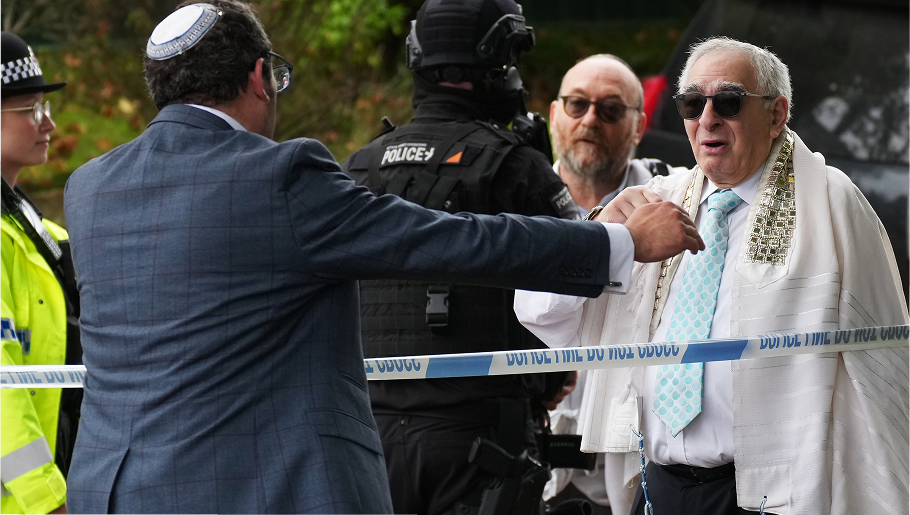
.jpg)
